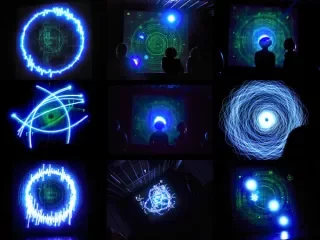
Let’s make it clear, a central concept that you must have in mind while taking a picture, is. Always. Light.
With light comes vision.
It’s all about light
Photography is the process of capturing light on a medium, to imprint it on a support, in a way that mimic our human vision. When you think about it, good lighting is also what makes a photo special :
-
Photographers doing portraits use all kinds of flashes, light sources and reflective umbrellas to highlight facial and body elements.
-
Landscapes are best taken at special times of the day such as sunrise, sunset, the weather is taken into account and even seasons are making a difference.
-
Many photos could also be improved by ray of lights or balancing highlights and shadows. We even add them in post processing with "photoshop" layers.
-
Our perception of colors is also affected by the amount and type of light objects are receiving.
Mediums for photograhy
Back in the days, photography support was film, which is chemically sensitive to the energy from rays of light, containing photons (approx 1.3×1022 photons per second, see also Light and Energy).
One film could only be used once and involved a very long and tedious development process requiring a dark room and special equipment. Nowadays electronic sensors can capture light in a comparable way, for a virtually unlimited number of times, and the development process have been replaced by post-processing softwares which give more room to quick and powerful editing.
Ethymology of photography
Notice how photons and photography words have a similar « photo » root. It comes from the Greek word for light φῶς : phos. Together with γραφή (graphê), the meaning becomes drawing with light.

